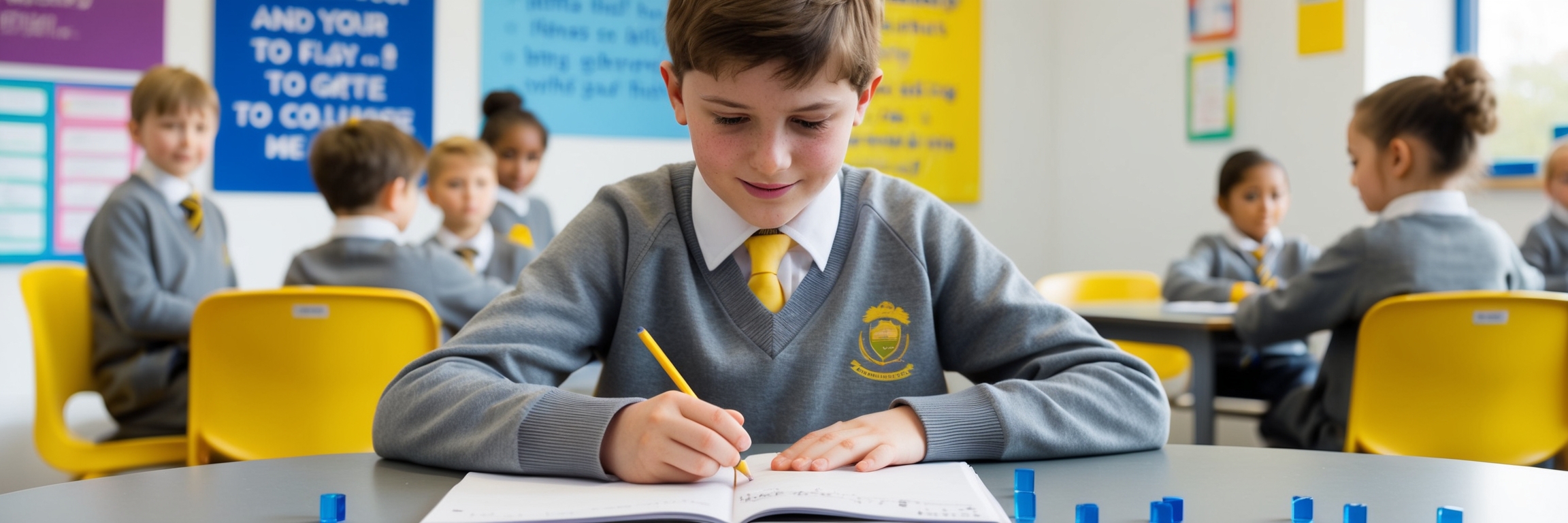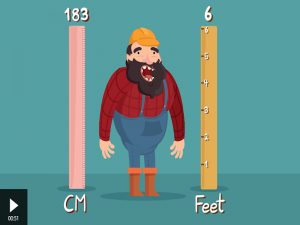Year 6 Mathematics - Autumn Term 2nd Half
Fractions
Pupils should be taught to:
♦ use common factors to simplify fractions; use common multiples to express fractions in the same denomination
♦ compare and order fractions, including fractions >1
♦ add and subtract fractions with different denominators and mixed numbers, using the concept of equivalent fractions
♦ multiply simple pairs of proper fractions, writing the answer in its simplest form [for example, ![]() ×
× ![]() =
= ![]() ]
]
♦ divide proper fractions by whole numbers [for example, ![]() ÷ 2 =
÷ 2 = ![]() ]
]
♦ associate a fraction with division and calculate decimal fraction equivalents [for example, 0.375] for a simple fraction [for example, ![]() ]
]
♦ identify the value of each digit in numbers given to 3 decimal places and multiply and divide numbers by 10, 100 and 1,000 giving answers up to 3 decimal places
♦ multiply one-digit numbers with up to 2 decimal places by whole numbers
♦ use written division methods in cases where the answer has up to 2 decimal places
♦ solve problems which require answers to be rounded to specified degrees of accuracy
♦ recall and use equivalences between simple fractions, decimals and percentages, including in different contexts
Converting Units
Pupils should be taught to:
♦ solve problems involving the calculation and conversion of units of measure, using decimal notation up to 3 decimal places where appropriate
♦ use, read, write and convert between standard units, converting measurements of length, mass, volume and time from a smaller unit of measure to a larger unit, and vice versa, using decimal notation to up to 3 decimal places
♦ convert between miles and kilometres

